I am trying to build a custom 12 volt battery current sensor for my car as a little hobby project. I want to place a shunt on the negative side of the battery, and get the measurements from there and direct them to my arduino adc. In order to amplify the signal, I am thinking of getting the INA225 IC to measure this current, since it is indicated it is low-side capable. However where I live they are not readily available, so I have to look for other options. One good option would be the MAX9634 IC, however it is indicated it is only for high side placement.
Looking at the datasheets and comparing their inputs, I cannot understand why the placement for the MAX9634 is important, since it is going to measure the current either way i put the load in. 
My main question is, why is the placement important for this IC (and particularly every IC that indicates it is "high side only"), and what could happen if i placed this IC in the low side of the car?